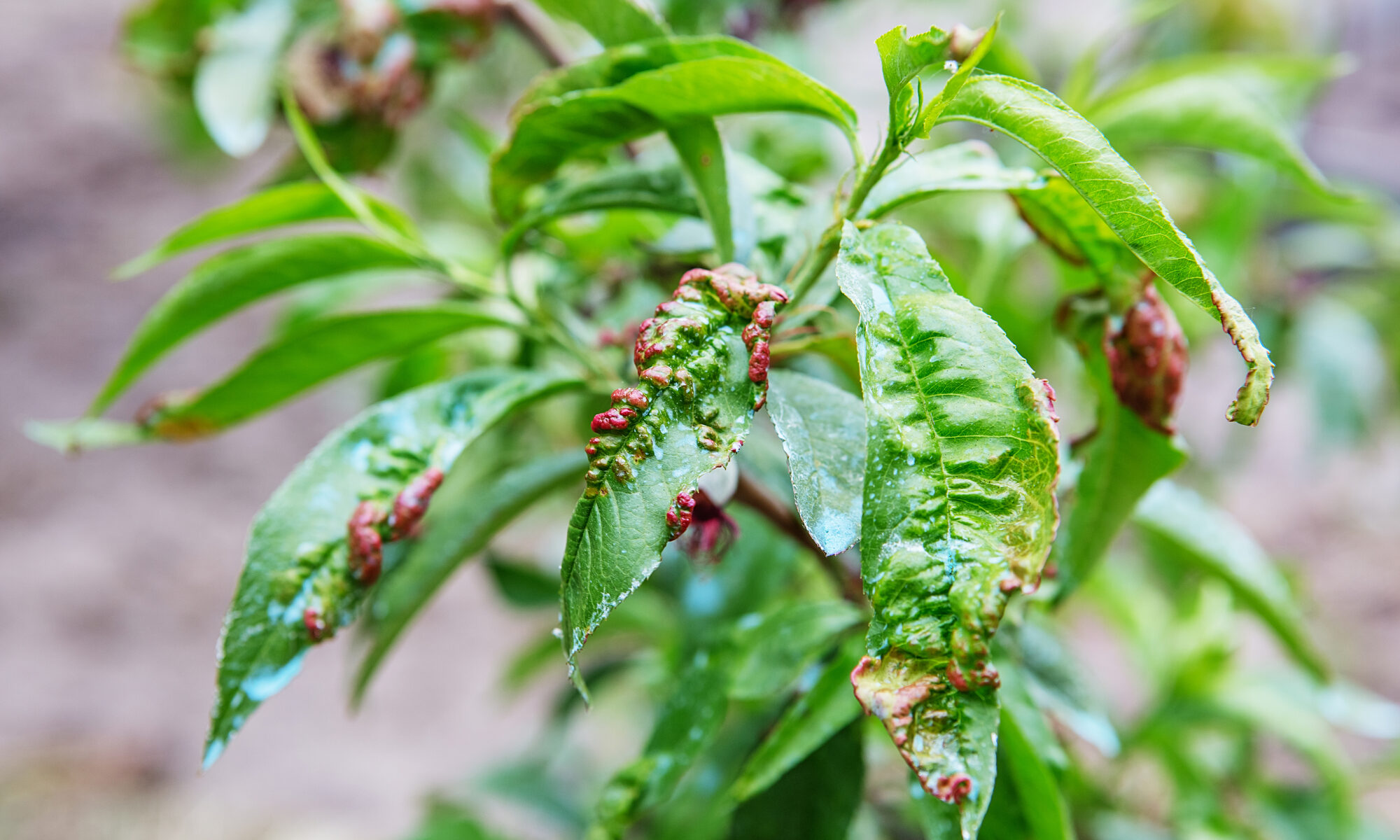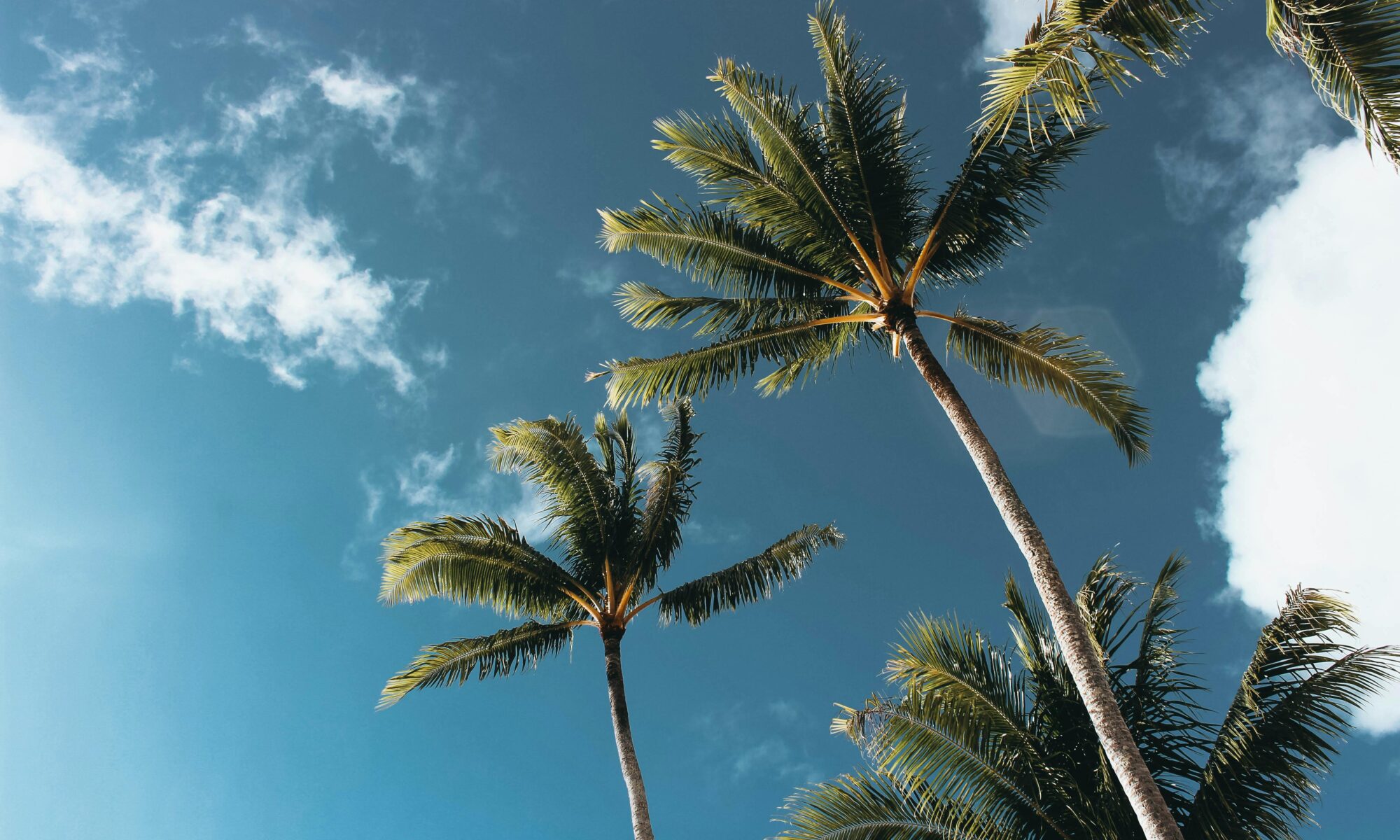Have you noticed your once-vibrant peach or nectarine tree sporting curled, warty, and reddish leaves? This unpleasant phenomenon is likely peach leaf curl, a fungal disease that plagues many backyards and orchards. While it may not spell doom for your tree, it can significantly weaken it and reduce fruit production.
For both home gardeners and commercial orchard owners, understanding and addressing peach leaf curl is crucial. By recognizing the signs and taking preventative measures, you can ensure your peach trees stay healthy and continue to produce delicious fruit.
What is Peach Leaf Curl?
Peach leaf curl is a fungal disease that primarily targets peach and nectarine trees, although it can also affect apricot and almond trees to a lesser extent. Caused by the fungus Taphrina deformans, this disease weakens trees and significantly reduces fruit production if left unchecked.
Recognizing the Signs:
The telltale signs of peach leaf curl are quite noticeable. Infected leaves will become:
- Curled: Leaves will lose their flat shape and twist or curl inwards, often taking on a distorted, puckered appearance.
- Discolored: Initially, infected leaves may turn a pale green, but they often progress to a reddish or purplish hue.
- Thickened: As the disease advances, affected leaves will become thicker and feel leathery to the touch.
In severe cases, the fungus can also cause:
- Stunted growth: New shoots may become stunted and distorted, appearing yellow-green in color.
- Fruit damage: Developing fruit might develop rough patches and premature drop from the tree.
Why Does Peach Leaf Curl Happen?
The spores of Taphrina deformans are the real culprits behind the infection. Microscopic and airborne, they lie dormant throughout the winter within the bark and bud scales of your peach tree.
When spring arrives and the weather conditions become favorable, these spores erupt and readily infect the tender new leaves as they unfurl. Once a leaf is infected, the fungus takes hold and starts to multiply, causing the characteristic curling, discoloration, and distortion.
Stopping Peach Leaf Curl Before it Starts
There’s good news! By taking preventative measures, you can significantly reduce the risk of peach leaf curl taking hold in your backyard or orchard.
Here are some key strategies:
Choosing Wisely: Resistant Peach Varieties
The first line of defense is selecting peach tree varieties known for their resistance to peach leaf curl. Consult your local arborists for recommendations on varieties that thrive in your climate and offer built-in resistance to this disease.
Location, Location, Location: Planting for Airflow and Sunshine
Proper planting and site selection go a long way in preventing fungal diseases like peach leaf curl. Opt for a location with good air circulation and at least 6-8 hours of direct sunlight daily. This helps to dry leaves quickly, reducing the ideal environment for fungal spores to thrive.
Seasonal Care: Pruning, Watering, and Nutrition
Maintaining good overall tree health through proper seasonal care practices can also help your peach tree resist infection.
Here are some tips:
- Pruning: Prune your peach tree in late winter or early spring before bud break. This allows for better air circulation within the canopy and removes potential hiding spots for the fungus. Be sure to remove any visibly infected twigs or branches during this time.
- Watering: Avoid overhead watering, which can spread fungal spores. Instead, focus on deep watering at the base of the tree.
- Nutrition: Ensure your peach tree receives proper nutrient balance. Excessive nitrogen can make it more susceptible to disease, so focus on a balanced fertilizer with adequate potassium and phosphorus.
Taking Action Against Peach Leaf Curl
Even with preventative measures, sometimes infection occurs. Here’s what you can do to fight back:
Fungicide Treatments
Several fungicides are effective against peach leaf curl. However, it’s crucial to apply them at the right time and follow application instructions carefully.
Here’s a breakdown:
- Types: Look for fungicides containing copper or chlorothalonil labeled for use on peach trees.
- Timing: Apply fungicide sprays either in late fall after leaves have dropped or in early spring just before buds begin to swell. Aim for a dormant or delayed dormant spray for best results.
- Methods: Follow the specific application instructions on the fungicide label. Thoroughly spray the entire tree, ensuring good coverage on branches, twigs, and buds.
Organic Options: Natural and Low-Impact Solutions
For those seeking organic solutions, several options can help manage peach leaf curl:
- Lime Sulfur Sprays: This traditional fungicide can be effective when applied in late fall or early spring. However, it requires careful handling and application due to its strong odor and potential for phytotoxicity (plant damage).
- Copper-Based Sprays: Similar to commercial fungicides, copper-based sprays can offer some protection against peach leaf curl. However, they may require more frequent application compared to chemical fungicides.
Physical Removal and Sanitation:
If you see signs of infection, promptly remove and dispose of affected leaves. This helps to reduce the number of spores that can spread the disease further. Do not compost infected leaves, as the fungus can survive. Instead, bag them and dispose of them with your regular trash.
By combining preventative measures with appropriate treatment options, you can effectively manage peach leaf curl and ensure a healthy, productive peach and nectarine harvest.
Fostering a Healthy Orchard
Remember, a healthy orchard is a less susceptible orchard. Promote overall tree health by providing the right growing conditions, proper nutrition, and good watering practices. This includes maintaining good air circulation, avoiding excessive nitrogen fertilization, and ensuring adequate drainage to prevent waterlogged soil.
Additionally, consider incorporating beneficial insects and natural predators into your orchard ecosystem. These can help control pest populations that can weaken your peach trees and make them more susceptible to fungal diseases like peach leaf curl.
By following these long-term management strategies, you can create a sustainable and healthy environment for your peach and nectarine trees, minimize the risk of peach leaf curl, and ensure a bountiful harvest for years to come.
Keeping Your Peach Trees Thriving
Peach leaf curl can be a frustrating foe for peach and nectarine growers, but fear not! By understanding the disease, implementing preventative measures, and taking swift action if infection occurs, you can effectively manage this problem and keep your trees healthy.
This guide has equipped you with the knowledge to:
- Identify the signs and symptoms of peach leaf curl.
- Employ preventative strategies like choosing resistant varieties and promoting good air circulation.
- Implement treatment options, including fungicides and organic solutions.
- Develop a long-term management plan that emphasizes year-round care and early detection.
Remember, a proactive and consistent approach is key to keeping peach leaf curl at bay. By prioritizing the health of your trees, you can create a flourishing orchard environment that rewards you with bountiful harvests for years to come.
Need a Helping Hand? Ask Sexy Trees!
For expert advice or assistance with managing peach leaf curl or any other tree care concerns, don’t hesitate to contact Sexy Trees, your local Bay Area arborists! Our team of certified professionals is dedicated to helping your trees reach their full potential.
Let us help you cultivate thriving trees and savor the delicious rewards of your efforts.
 Bringing Sexy Back Into Your Yards
Bringing Sexy Back Into Your Yards 

